
April 1, 2011
From Annie Bell’s Evergreen. She recommends ‘any squat and tubular pasta’ and says that both the cauliflower and the pasta should be ‘on the firm side. The sauce is richly flavoured and hot, and just coats the pasta and cauliflower. Parmesan would be out of place.’
Serves 4
Preparation and cooking: 15-20 minutes
Ingredients
400g cauliflower florets (1 large cauliflower)
3 garlic cloves, peeled
2 level tbsp tomato puree
1 tsp harissa
3 tbsp olive oil
450g tomatoes, peeled, seeded and chopped (or a tin of chopped tomatoes)
salt, pepper
225g penne
Method
Cut the cauliflower into 1cm florets. Finely chop the garlic cloves. Dilute the tomato puree with 3 tbsp of water and stir in the harissa. Take a deep frying pan and heat the olive oil. Cook the garlic until it gives off an aroma, then add the tomato solution, the chopped tomatoes and seasoning. Simmer the sauce for a couple of minutes. Add the cauliflower and cook, covered, for 7 minutes, stirring occasionally. It should remain on the firm side.
While the cauliflower is cooking, boil the pasta, leaving it firm to the bite. Drain it, though not too dry, and toss it with the cauliflower. Adjust the seasoning and serve.
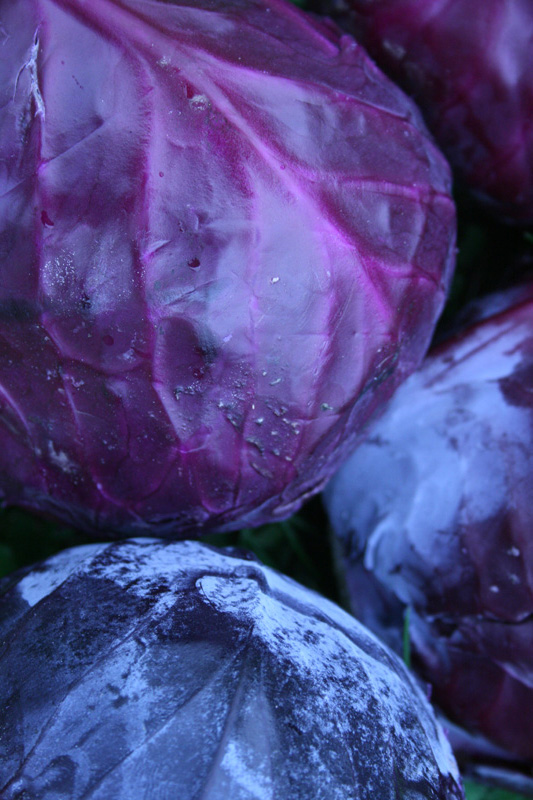
All the veg boxes will have:
onions (Restharrow Farm, Trebetherick)
red cabbage (Restharrow Farm)
cauliflower (Restharrow Farm)
potatoes (Benbole Farm, St Kew)
* leeks (Jeremy Brown, St Kew Harvest)
round lettuce (Growfair, Cornwall)
purple sprouting broccoli (Growfair)
Standard boxes will have extra potatoes and onions plus:
savoy cabbage (Growfair)
swede (Growfair)
* jerusalem artichokes (Jeremy)
* = grown to organic principles
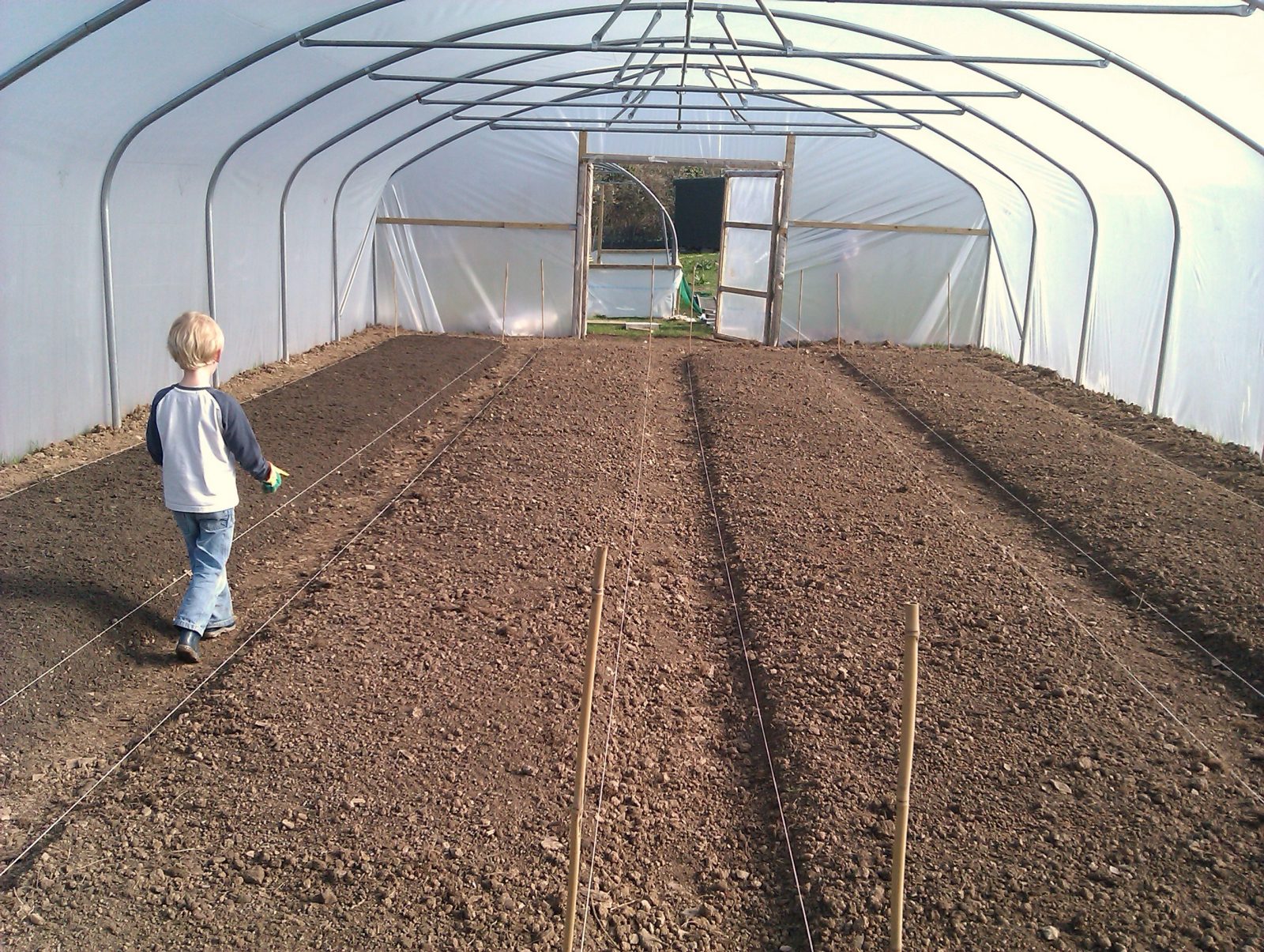
March 31, 2011
The spring planting rush is on. So we’re setting up some additional volunteering sessions on weekdays.
From now until September volunteer growers can help out on our site at St Kew Highway on Mondays from 2-4 pm and on Fridays from 10-12 noon.
The Friday morning growing slot is at the same time the picking and packing team prepares the weekly veg boxes. This in addition to our all-year-round Sunday morning team sessions.
Expert grower Mark Norman will be on hand to advise and guide us on the finer art of vegetable growing.
There’s lots to get done over the next few days both inside and out. Onion sets and broad beans need sowing and there’s spring cabbage to plant out in the newly-prepared growing beds.
And of course there’s still plenty more dock weeds to dig up.
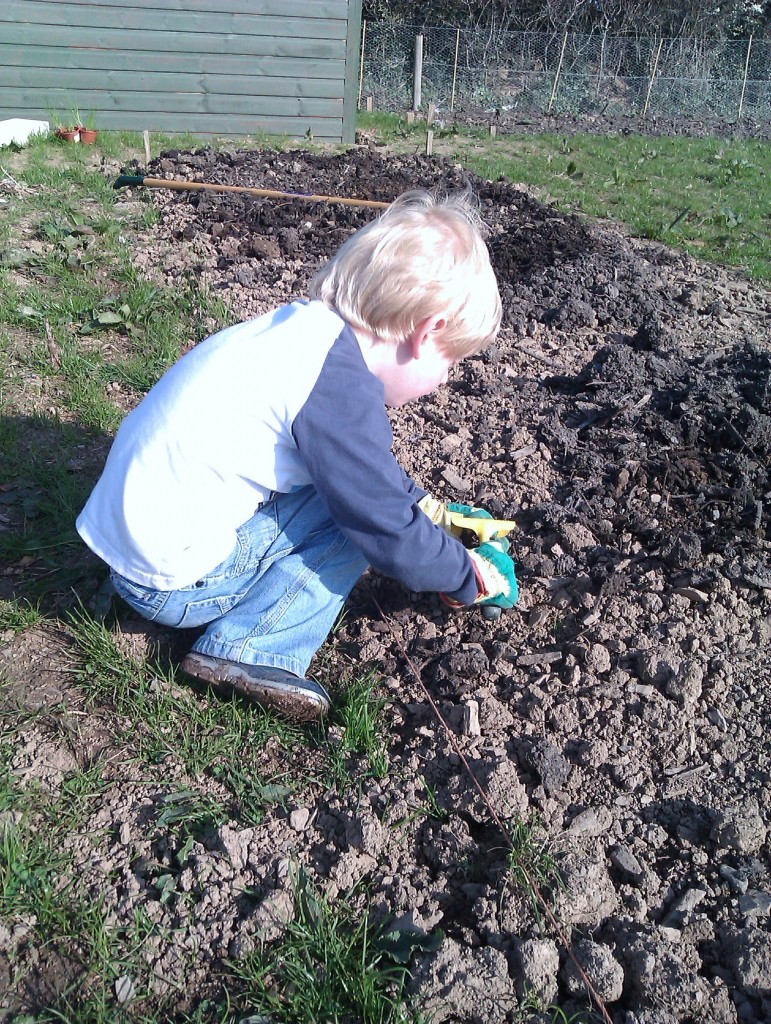
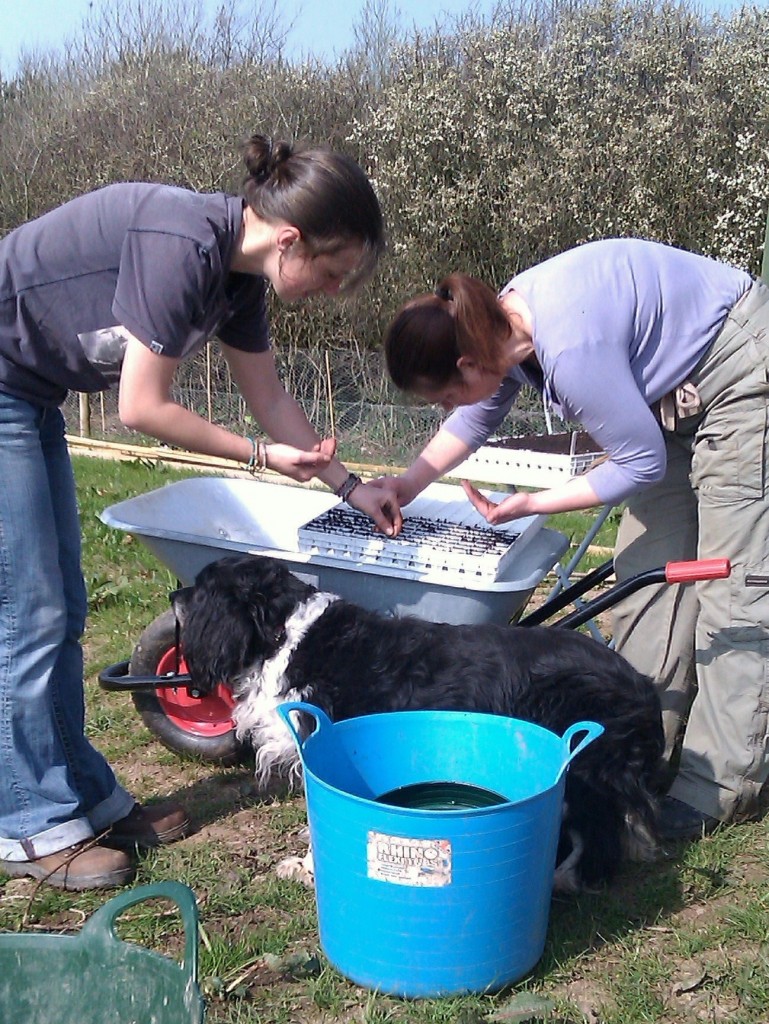
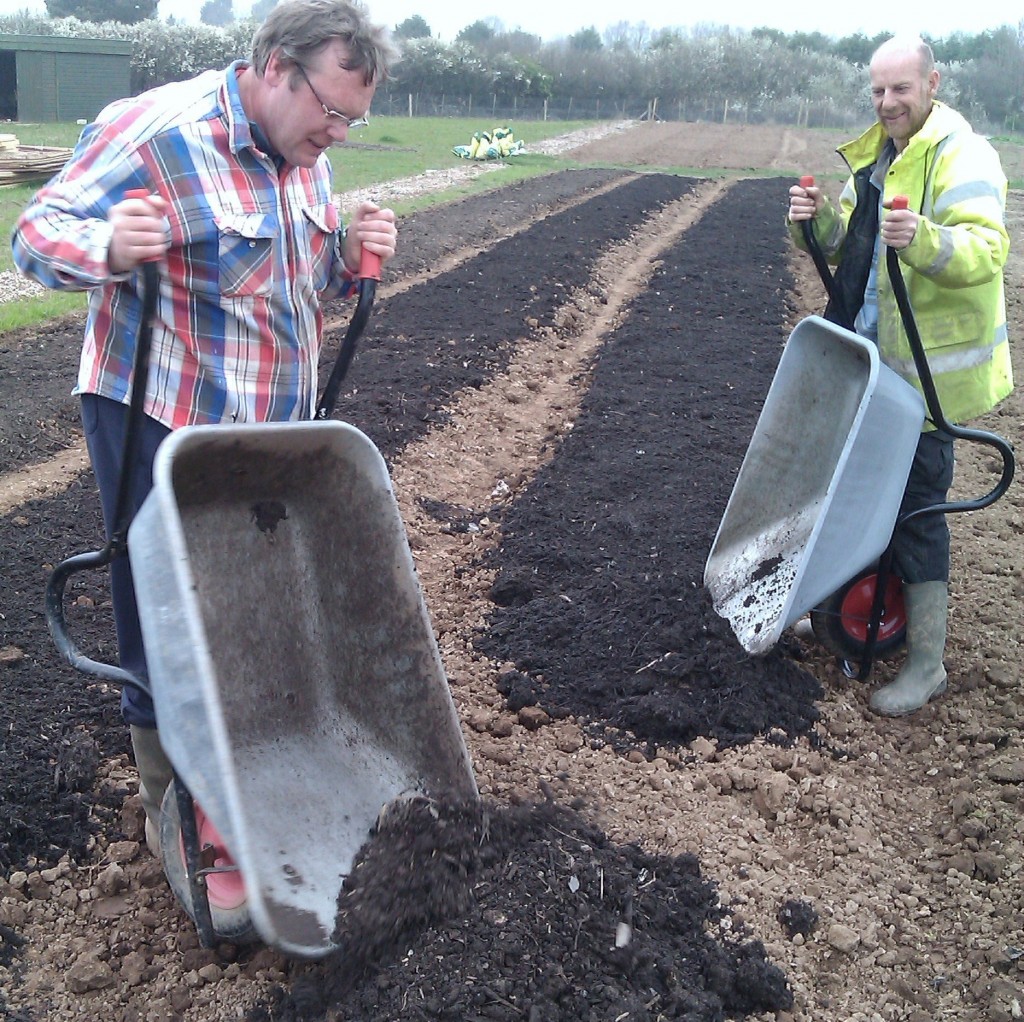
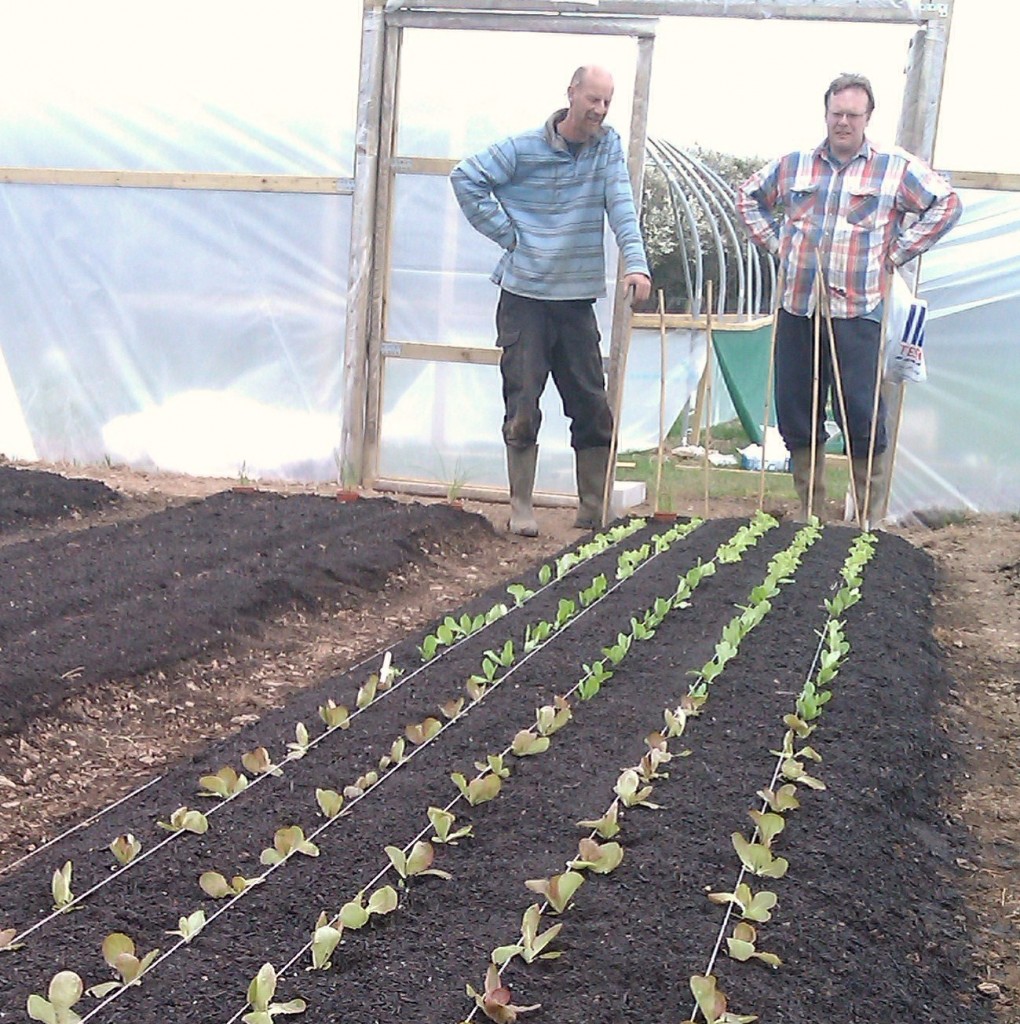

March 30, 2011
Western Morning News columnist Gillian Molesworth has got it in for the humble Jerusalem artichoke.
They leer at me from their growing colony in the refrigerator. I’ve roast them, I’ve souped them, I’ve shredded them. My family has suffered digestive consequences. No one will touch them now, no matter what I do.
Gillian is one of Camel CSA’s loyal weekly veg box customers. It’s not as if she’s stuck for a recipe for artichokes. It’s just that she’s had enough.
Well, I’ve got bad news for her: we’ve just planted a large bed of them as a windbreak (!) for our soft fruit area.
In the meantime I suggest she puts her unwanted artichokes on the compost heap along with the swedes that are piling up in her veg rack. Unless she wants to try them raw?
But I hope she resists the temptation to buy out-of-season vegetables that have been flown halfway around the world. As Gillian concludes, what we eat is a question of moral and not just digestive fibre.

March 29, 2011
Camel CSA enjoyed an energetic day out at the WWOOF (Willing Workers On Organic Farms) south-west regional gathering at Bosavern Community Farm just outside St Just-in-Penwith.
Bosavern Farm is rented from Cornwall Council by the Lands End Pensinsula Community Land Trust.
Volunteers are growing vegetables and keeping hens, led by community farm trainer Hugh Taylor. Their produce is sold at the farm gate, in shops in St Just and at Pendeen Farmers’ Market.
The 38-acre organic farm is situated just inland from Cape Cornwall on the toe of Britain, only a few miles from Land’s End. It’s able to produce quite a lot of over-wintered, early crops in the mild climate but also suffers from the wild Atlantic weather.
The event provided an opportunity for Camel CSA and Bosavern to share their growing experiences.

Highlights of the day included testing the tree bogs (compost toilets), joining the farm tour, exploring the polytunnel and participating in some group work led by Bosavern’s volunteer growers. Around 15 of us dug out two onion beds in hazy spring sunshine.
A big thank you to everyone at Bosavern for extending such a warm and friendly welcome to us.
You can follow Bosavern Community Farm’s seasonal progress on Hugh Taylor’s blog.

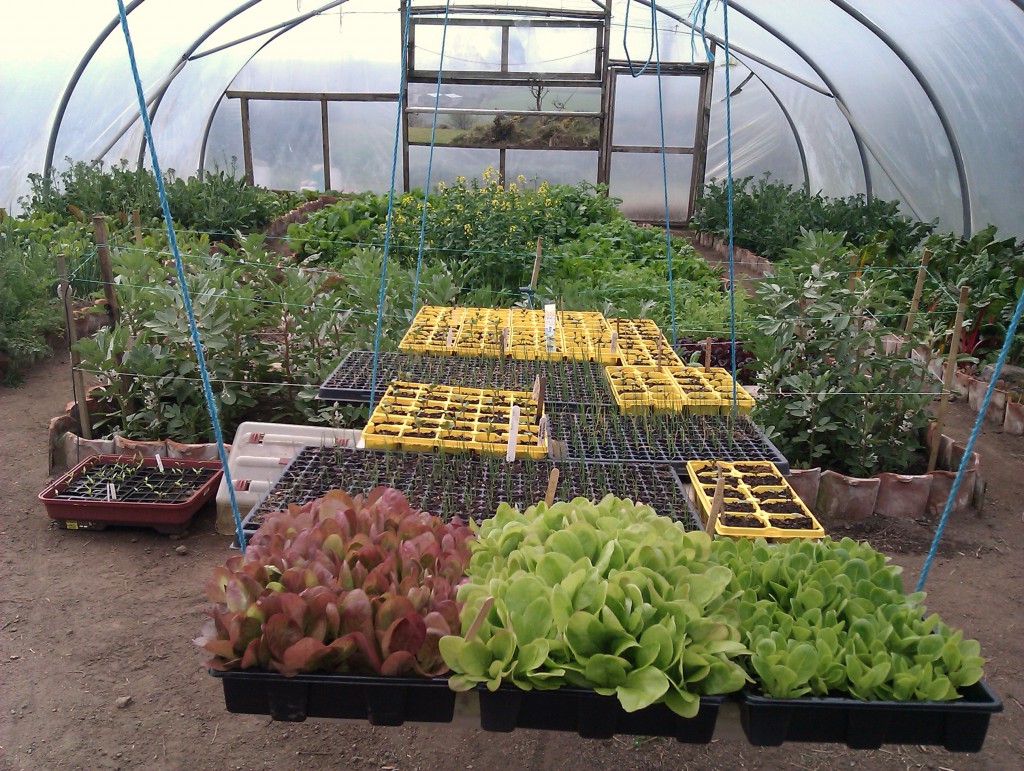
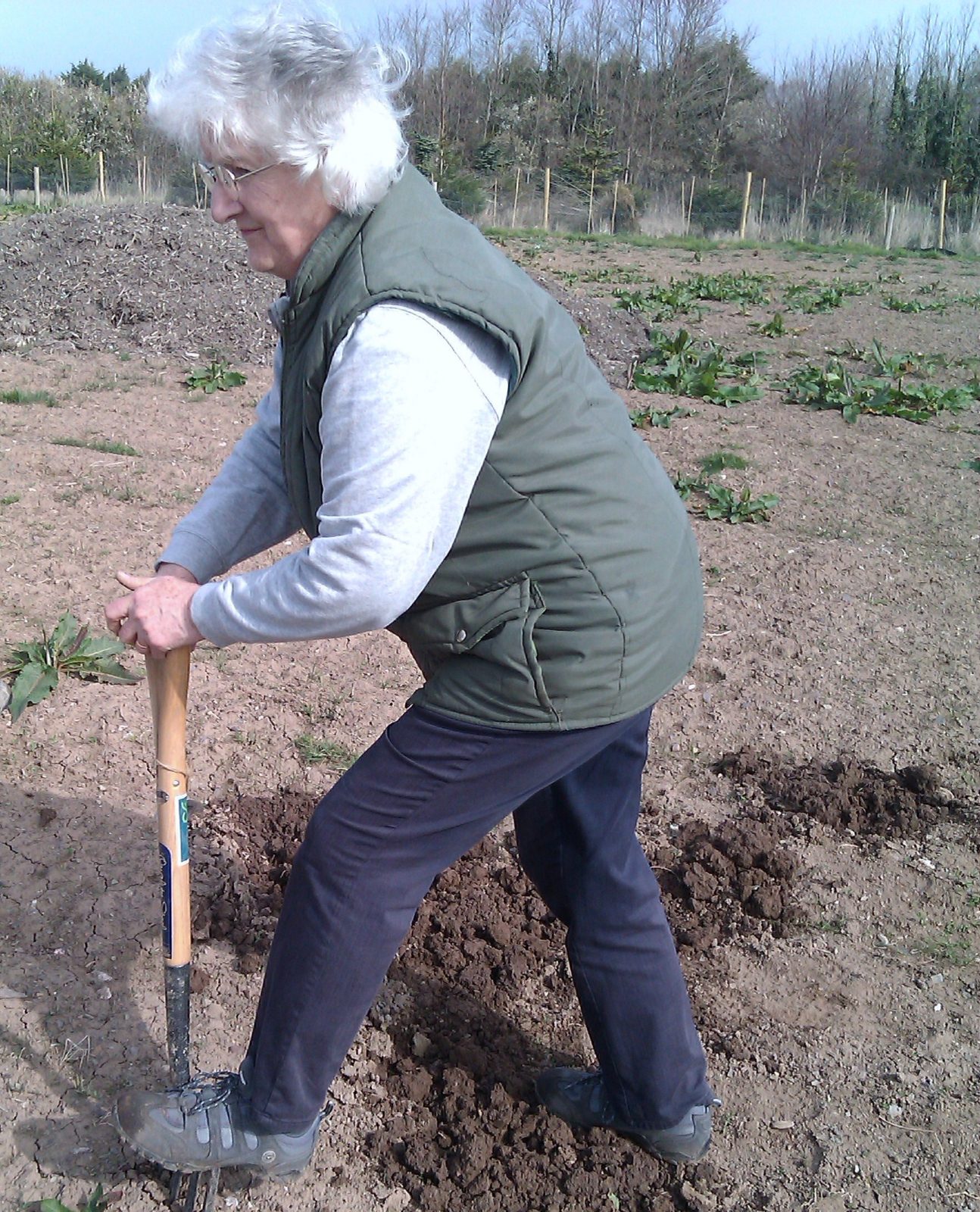
March 25, 2011
The onslaught on the dock weeds continues. Picking and packing team members helped out expert grower Mark Norman after he spent four solitary hours digging up the worst of them.
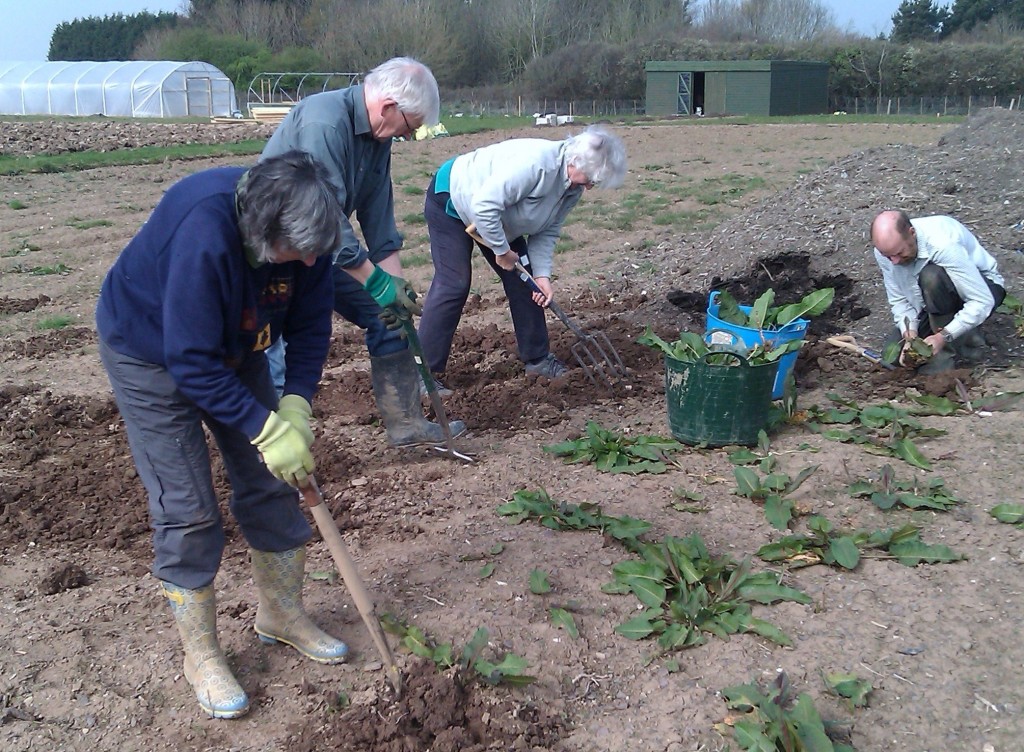
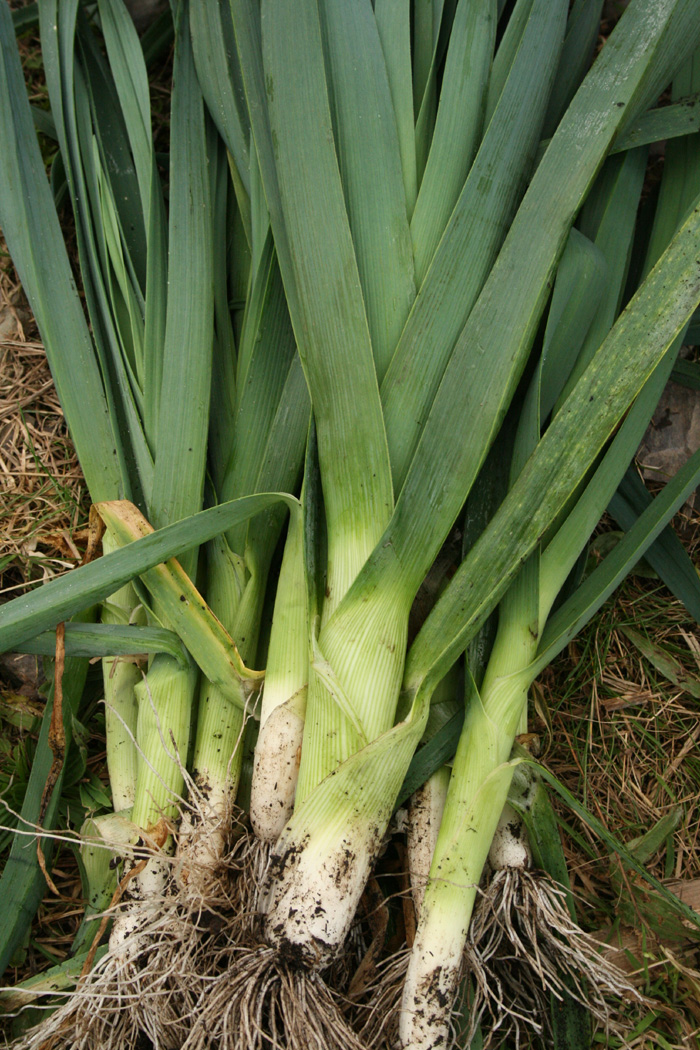
or ‘Poireaux au vin rouge’ – a recipe from Elizabeth David’s classic French Provincial Cooking. She explains that, ‘Unexpectedly, perhaps, when wine is to be used in the cooking of leeks, the French always use red rather than white wine … It is a dish of particularly beautiful appearance, with the green of the leeks and the dark purple of the wine sauce.’
Preparation and cooking: 20 minutes
Ingredients
500g leeks
3-4 tbsp olive oil
1 wineglass of red wine
2 tbsp meat or vegetable stock (or water)
salt
Method
Choose smallish leeks if possible, all of a size. Having cut them down almost to the white part and cleaned them thoroughly, put them side by side in a frying pan in which you have heated the olive oil. As soon as they have taken colour on one side, turn them over. Season with very little salt. Pour over the wine (look out for the spluttering), let it bubble, add the stock or water, cover the pan and cook at a moderate pace for 7 to 10 minutes, turning the leeks over once during the process. They are done when a skewer pierces the root end quite easily. Put the leeks in a shallow dish, cook the sauce another few seconds until reduced and pour it over the leeks.

This week everyone will have:
potatoes (Benbole Farm, St Kew)
* leeks (Jeremy Brown, St Kew Harvest)
* jerusalem artichokes (Jeremy)
onions (Restharrow Farm, Trebetherick)
cauliflower (Restharrow Farm)
white sprouting broccoli (Restharrow Farm)
savoy cabbage (Growfair, Cornwall)
Standard boxes will have extra potatoes and onions plus:
* salad leaves (Mark Norman)
red cabbage (Restharrow Farm)
swede (Growfair, Cornwall)
* = grown to organic principles
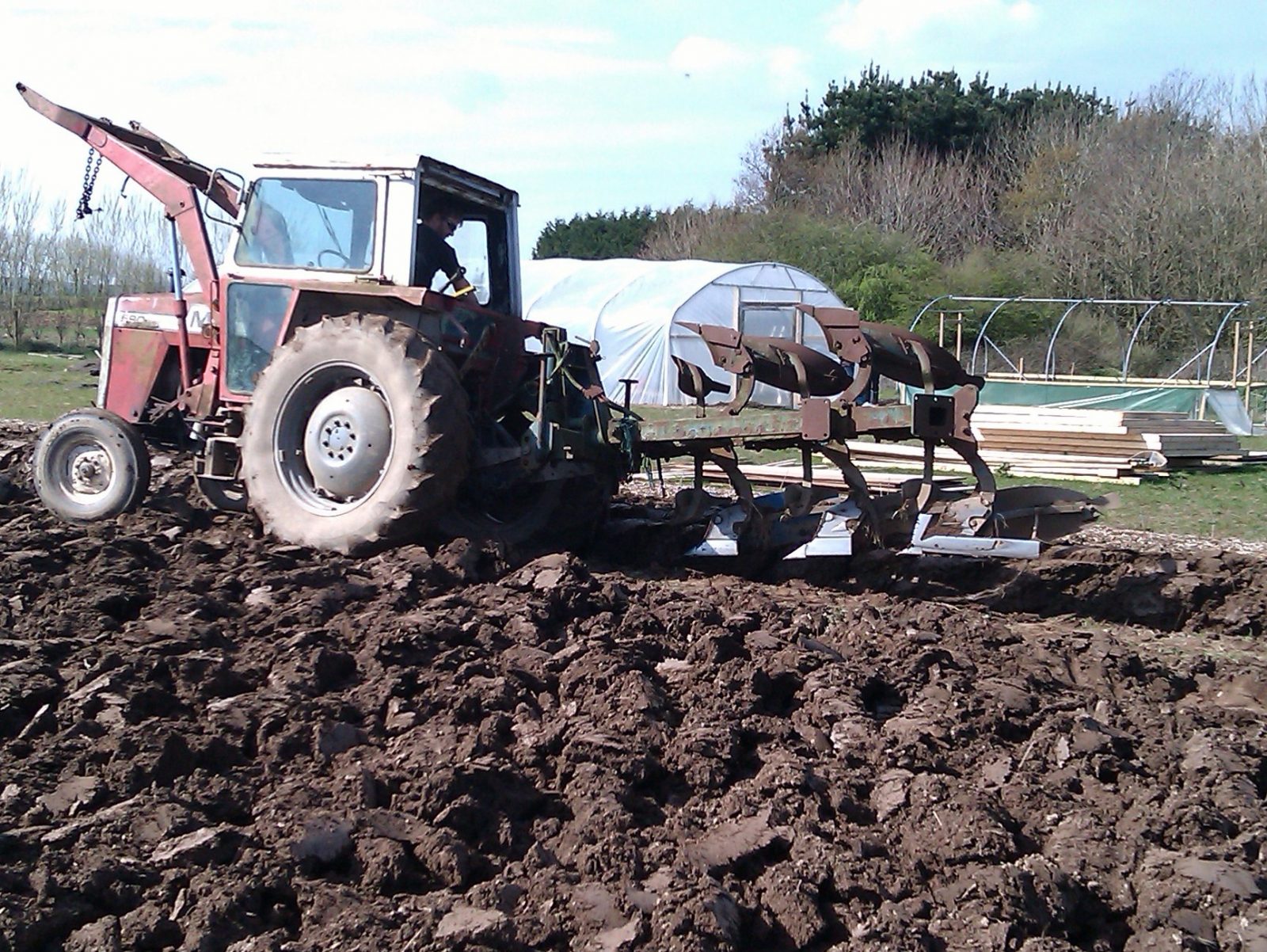
March 21, 2011
Camel CSA’s growing team continue to prepare the veg beds and sow seeds on our community veg plot.
Expert grower Jeremy Brown has ploughed one side of our two-acre plot in preparation for the sowing of alliums, roots and legumes. The first seeds in the ground will be broad beans, shallots and onion sets.
The soil in the first polytunnel has finally been dug over. It can now be rotavated before we plant early salad crops, carrots, beetroot and french beans.
Our volunteers are still valiantly trying to dig out all the dock weeds. This is not a popular task.
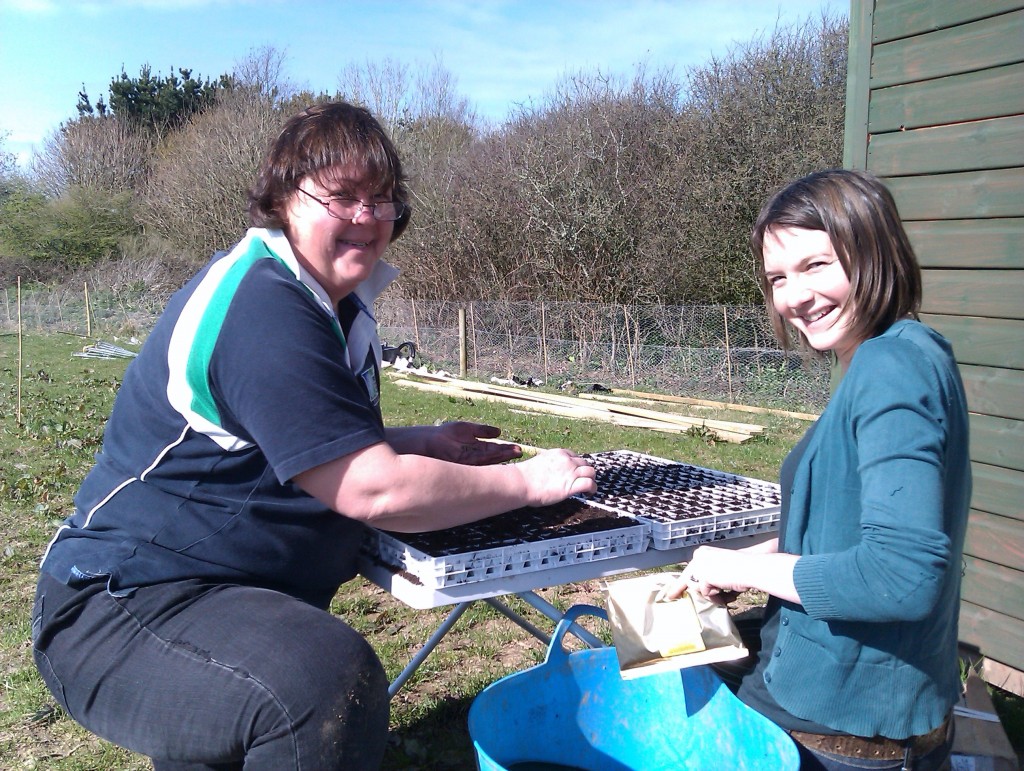
More jobs
The team’s also been sowing additional seeds in modules – salad rocket, canary yellow and blood red leaf beet, multi-coloured and silver Swiss chard.
Thank you to this Sunday’s volunteers – expert growers Jane M and Jeremy B, plus Charlotte, Danny, Mary and Mike S.
Over the next few weeks there’s plenty more jobs to tackle. The seeding tunnel needs covering, the potting shed is awaiting construction, the second large polytunnel is ready to be erected.
And – sigh – there’s hundreds more of those damned docks to dig up…
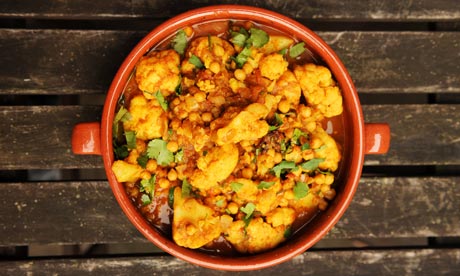
March 18, 2011
One of Angela Hartnett’s ‘midweek suppers’ from the Guardian. She says the secret is not to over-cook the cauliflower and add it to the curry mix while it is still warm so it absorbs all the flavours. Eat on its own, with steamed rice, or cheat and buy some naan bread.
Serves 4-6
Preparation and cooking: about 15 minutes
Ingredients
1 whole cauliflower
3 medium onions
4 cloves of garlic
½ tsp chopped fresh ginger
2 tsp ground coriander
2 star aniseed
½ tsp ground chilli
4 curry leaves
2 tsp garam masala
2 tsp ground cumin
1 tin of chopped tomatoes
1 tin of chickpeas, drained
2 tbsp chopped fresh coriander
Method
Remove the stalks from the cauliflower and cut into large florets. Add the cauliflower to a pan of boiling water and cook for five minutes. When ready, drain and then place back in the pan. Cover so it stays warm.
While the cauliflower is cooking, cut the onions into small pieces. Squash the garlic with the back of a knife to make it easier to peel. Chop until nice and fine.
In a pan,add a touch of butter, plus the onion, garlic and ginger, and saute until golden brown. In the same pan, add the dried spices and cook for a further five minutes. Add the tin of tomatoes and chickpeas and stir well. Then add the cooked cauliflower. Top up with 100ml of cold water and bring to a simmer for five to 10 minutes until the cauliflower is cooked.
Finish by adding the chopped coriander. Serve on a warm plate.


